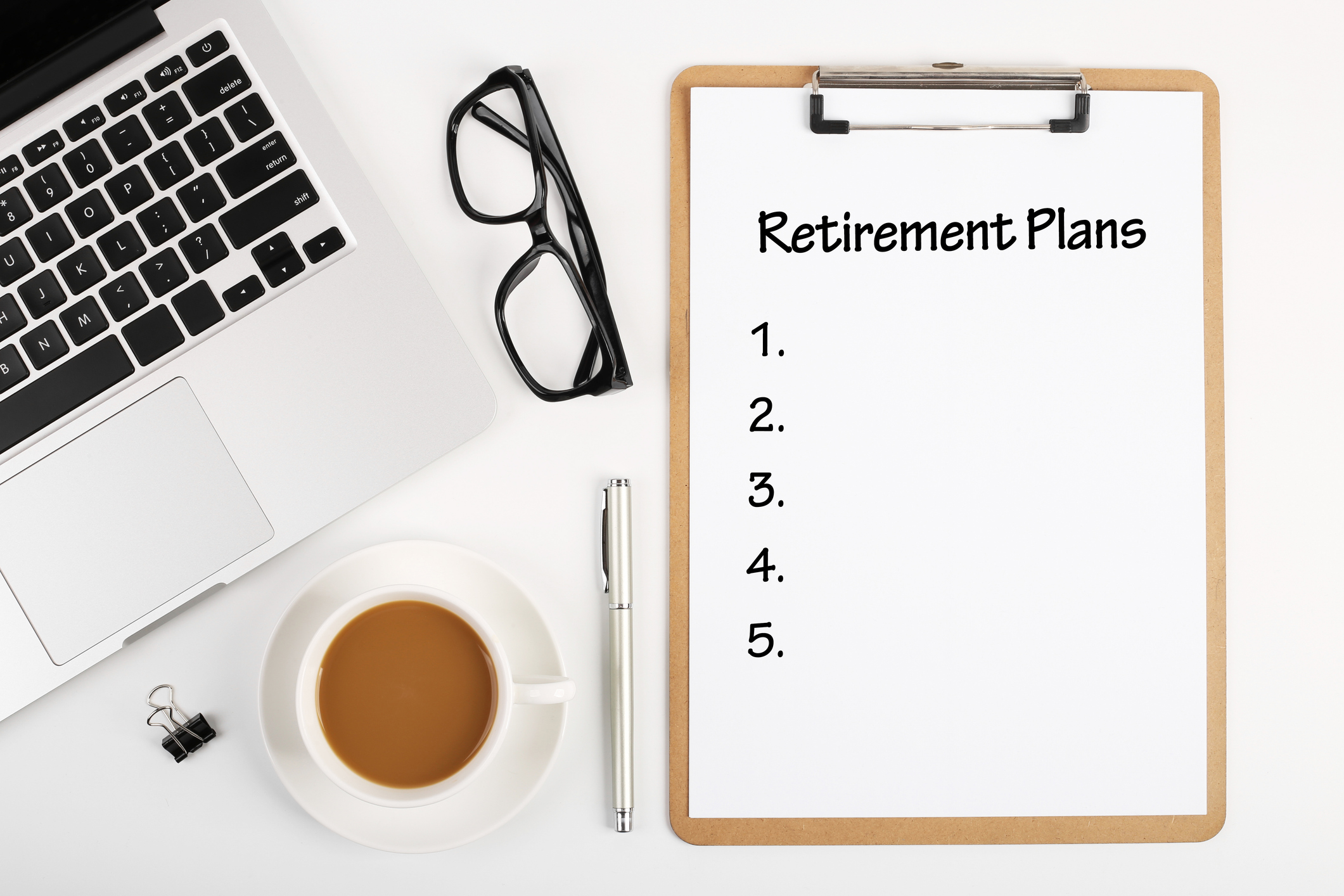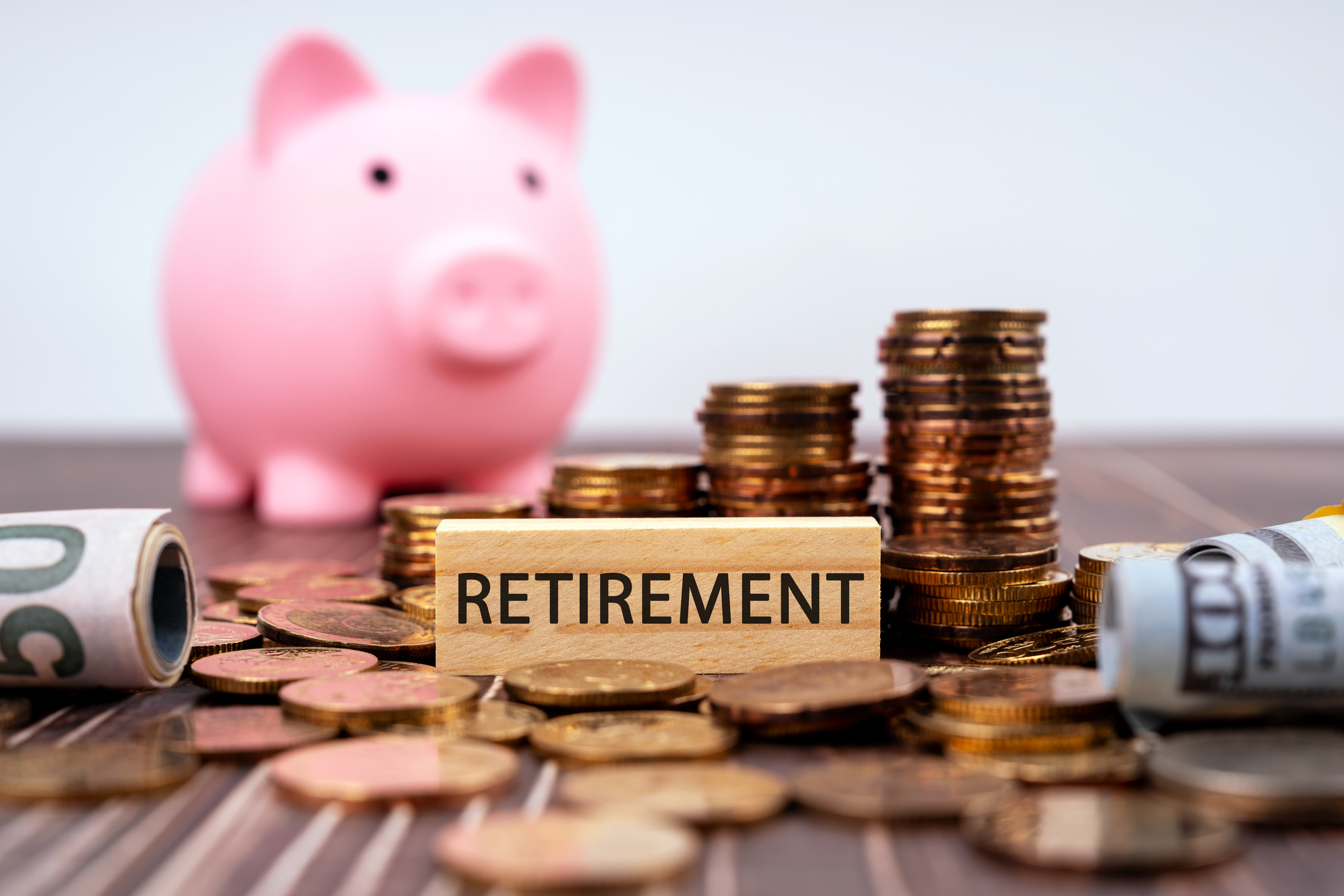Prepare for the Retirement Tax Bite
When the time comes to tap your tax-deferred retirement accounts, Uncle Sam will be waiting for his share.

EDITOR'S NOTE: This article was originally published in the December 2011 issue of Kiplinger's Retirement Report. To subscribe, click here.
One of the nastiest surprises awaiting some retirees is the devastating impact that taxes can have on their cash flow. Although many people welcome the upfront tax breaks of contributing to traditional IRAs and 401(k) plans during their working years, they're not so thrilled when Uncle Sam demands his cut when they start tapping those retirement accounts.
Imagine you are retired, plan to buy a new car for $30,000, and have all your savings tied up in a traditional IRA or company 401(k) plan. If you're in the 25% tax bracket, you'll need to withdraw $40,000 to have enough after-tax money to buy that $30,000 car. Ouch! Welcome to the IRA tax trap.
From just $107.88 $24.99 for Kiplinger Personal Finance
Become a smarter, better informed investor. Subscribe from just $107.88 $24.99, plus get up to 4 Special Issues

Sign up for Kiplinger’s Free Newsletters
Profit and prosper with the best of expert advice on investing, taxes, retirement, personal finance and more - straight to your e-mail.
Profit and prosper with the best of expert advice - straight to your e-mail.
The same issue arises if you're following the 4% rule of thumb for withdrawing assets from your retirement portfolio. Many experts believe that your nest egg has a far greater chance of lasting throughout your lifetime if you withdraw no more than 4% of your portfolio during your first year of retirement and then increase later withdrawals to keep pace with inflation. But that 4% withdrawal rule does not take taxes into account.
So if you have a $2 million IRA, $80,000 in the first year of retirement may seem like enough to meet your needs, but you'll only have $60,000 of spendable after-tax income. "Life is about cash flow whether you are retired or not," says Craig Brimhall, vice-president of retirement wealth strategies at Ameriprise Financial. "It's not what you make but what you keep."
To avoid such pain, some financial advisers are suggesting that investors diversify their retirement assets among taxable, tax-deferred and tax-free accounts. Because no one knows what future tax rates will be, retirees with a tax-diversified portfolio are in the best position to manage cash flow, says Brimhall.
When it comes to taxes, not all income sources are created equal. Withdrawals from traditional retirement accounts are taxed at ordinary-income rates. So is interest on taxable savings. Depending on your income, your Social Security benefits may be tax-free, or you may pay taxes on up to 85% of the benefits at your ordinary-income tax rate. Meanwhile, withdrawals from Roth IRAs are tax-free, and interest earned on municipal bonds is tax-free, too.
Long-term capital gains from the sale of investments held more than one year, as well as qualified dividends, are taxed at a maximum 15%. But investors in the two lowest tax brackets -- individuals with up to $34,000 of taxable income and married couples with up to $69,000 of joint income in 2011 -- pay no tax on long-term gains and qualified dividends (and pay 15% on long-term gains and dividends that lift taxable income above those thresholds).
Tax Diversification Can Boost Net Income
Brimhall demonstrates how two retired couples with the same pretax income of $144,000 per year can have very different tax liabilities. He assumes each couple receives identical amounts of income from Social Security ($24,000), interest on savings ($3,360), qualified dividends ($38,664) and distributions from a company retirement plan ($36,000). The only difference is the first couple withdraws $41,976 tax-free from a Roth IRA, while the second couple withdraws the same amount from a traditional IRA.
Based on 2011 tax rates, the first couple would owe $7,278 in federal taxes while the second couple would owe $18,446. Why the huge difference? Tax-free distributions from a Roth IRA allowed the first couple to shield nearly 30% of their gross income from taxes, reducing their taxable income and tax bracket and allowing some of their dividend income to be tax-free.
Withdrawing assets in a tax-efficient way will not only reduce your tax bill, it will allow your remaining assets to last longer. Learn about strategic withdrawals at www.retireeincome.com. For $500, you can also get a personalized plan to reallocate your investments and minimize future taxes.
The best time to start planning for the impact of taxes in retirement is while you are working. Consider contributing to a Roth IRA or Roth 401(k) if you are eligible or converting some of your traditional retirement savings to a Roth account. You'll owe taxes on the amount you convert now, but future appreciation and withdrawals will be tax-free. Also strive to build up a stash of savings and investments outside your retirement accounts.
Profit and prosper with the best of Kiplinger's advice on investing, taxes, retirement, personal finance and much more. Delivered daily. Enter your email in the box and click Sign Me Up.

-
 Don't Wait Until January: Your Year-End Health Checklist to Kickstart 2026
Don't Wait Until January: Your Year-End Health Checklist to Kickstart 2026Skip the fleeting resolutions and start the new year with a proactive plan to optimize your longevity, cognitive health, and social vitality.
-
 Premium Rewards Cards: More Perks, Higher Fees
Premium Rewards Cards: More Perks, Higher FeesSome issuers are hiking the annual fee on their flagship luxury credit cards by hundreds of dollars. Are they still worth using?
-
 3 Trips to Escape the Winter Doldrums, Including An Epic Cruise
3 Trips to Escape the Winter Doldrums, Including An Epic CruiseThree winter vacation ideas to suit different types of travelers.
-
 Retirees in These 7 States Could Pay Less Property Taxes Next Year
Retirees in These 7 States Could Pay Less Property Taxes Next YearState Taxes Retirement property tax bills could be up to 65% cheaper for some older adults in 2026. Do you qualify?
-
 6 Tax Reasons to Convert Your IRA to a Roth (and When You Shouldn't)
6 Tax Reasons to Convert Your IRA to a Roth (and When You Shouldn't)Retirement Taxes Here’s how converting your traditional retirement account to a Roth IRA can boost your nest egg — but avoid these costly scenarios.
-
 10 Retirement Tax Plan Moves to Make Before December 31
10 Retirement Tax Plan Moves to Make Before December 31Retirement Taxes Proactively reviewing your health coverage, RMDs and IRAs can lower retirement taxes in 2025 and 2026. Here’s how.
-
 The Rubber Duck Rule of Retirement Tax Planning
The Rubber Duck Rule of Retirement Tax PlanningRetirement Taxes How can you identify gaps and hidden assumptions in your tax plan for retirement? The solution may be stranger than you think.
-
 The Most Tax-Friendly State for Retirement in 2025: Here It Is
The Most Tax-Friendly State for Retirement in 2025: Here It IsRetirement Tax How do you retire ‘tax-free’? This state doesn’t tax retirement income, has a low median property tax bill, and even offers savings on gas. Are you ready for a move?
-
 ‘I Play Pickleball in Retirement.’ Is It HSA-Eligible?
‘I Play Pickleball in Retirement.’ Is It HSA-Eligible?Retirement Tax Staying active after you retire may be easier with these HSA expenses. But there’s a big catch.
-
 Retire in the Bahamas With These Three Tax Benefits
Retire in the Bahamas With These Three Tax BenefitsRetirement Taxes Retirement in the Bahamas may be worth considering for high-net-worth individuals who hate paying taxes on income and capital gains.
-
 States That Won't Tax Your Retirement Income in 2025
States That Won't Tax Your Retirement Income in 2025Retirement Taxes Several states don’t tax Social Security benefits, 401(k)s, IRAs, and pensions. But you may still have to pay state taxes on some incomes.